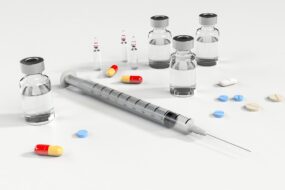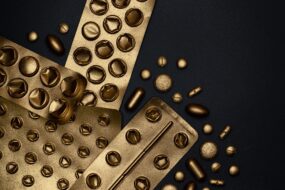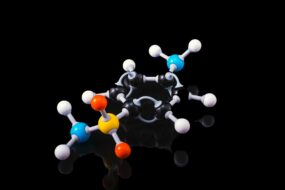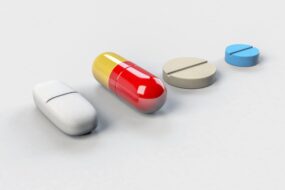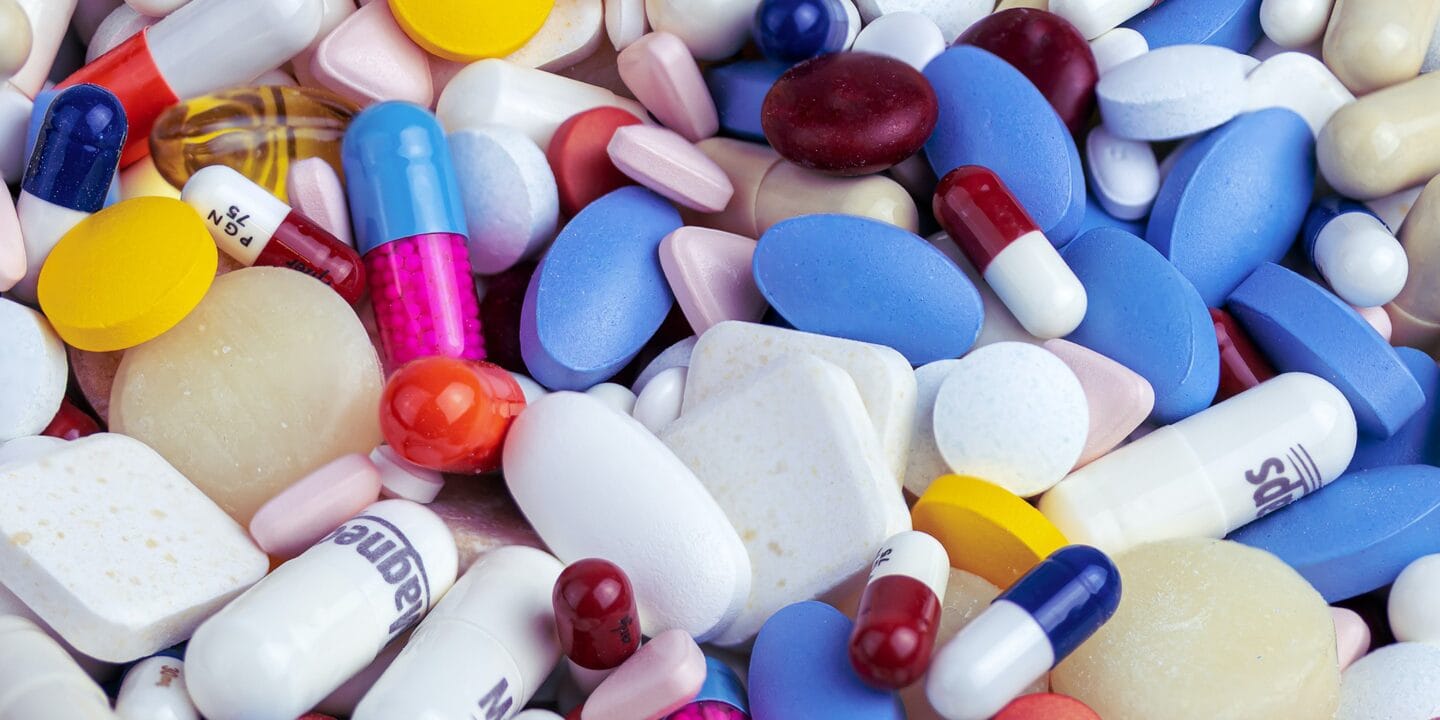
Amphetamine is a synthetic compound that has a pharmacological profile similar to ephedrine. It is orally active with a relatively long duration of action of 4–6 hours. It is a potent CNS stimulant and weaker peripheral cardiovascular action.
It is a drug of abuse capable of producing marked psychological but little or no physical dependence. Maximal selectivity is exhibited by dextroamphetamine and methamphetamine.
Mechanism of action.
- A sympathomimetic amine promotes the release of dopamine and norepinephrine from their storage sites in the presynaptic nerve terminals.
- It also blocks the reuptake of catecholamines by competitive inhibition.
Clinical uses.
- Attention deficit hypersensitivity disorder.
- Narcolepsy.
Adverse effects.
High doses produce :
- Euphoria, restlessness, insomnia, aggression, panic,
- Marked excitement may progress to mental confusion, delirium, hallucinations, and an acute psychotic state.
- Rise in BP, palpitation, and arrhythmias,
- Vomiting, abdominal cramps, and vascular collapse.
Drug interactions.
- Linezolid increases the effects of amphetamine by pharmacodynamic synergism.
· Ether increases the toxicity of amphetamine.
· Selegiline and amphetamine both increase serotonin levels; hence should not be administered together.
Contraindications.
· Hypersensitivity to the drug.
· Symptomatic cardiovascular disease.
· Moderate-to-severe hypertension
· History of drug abuse.
· Glaucoma
· Hypertension
· Advanced arteriosclerosis.
Dosage.
- Amphetamine: 5–15 mg oral;Dexamphetamine: 5–10 mg (children 2.5–5 mg) oral.
- Methamphetamine: 5–10 mg orally.









